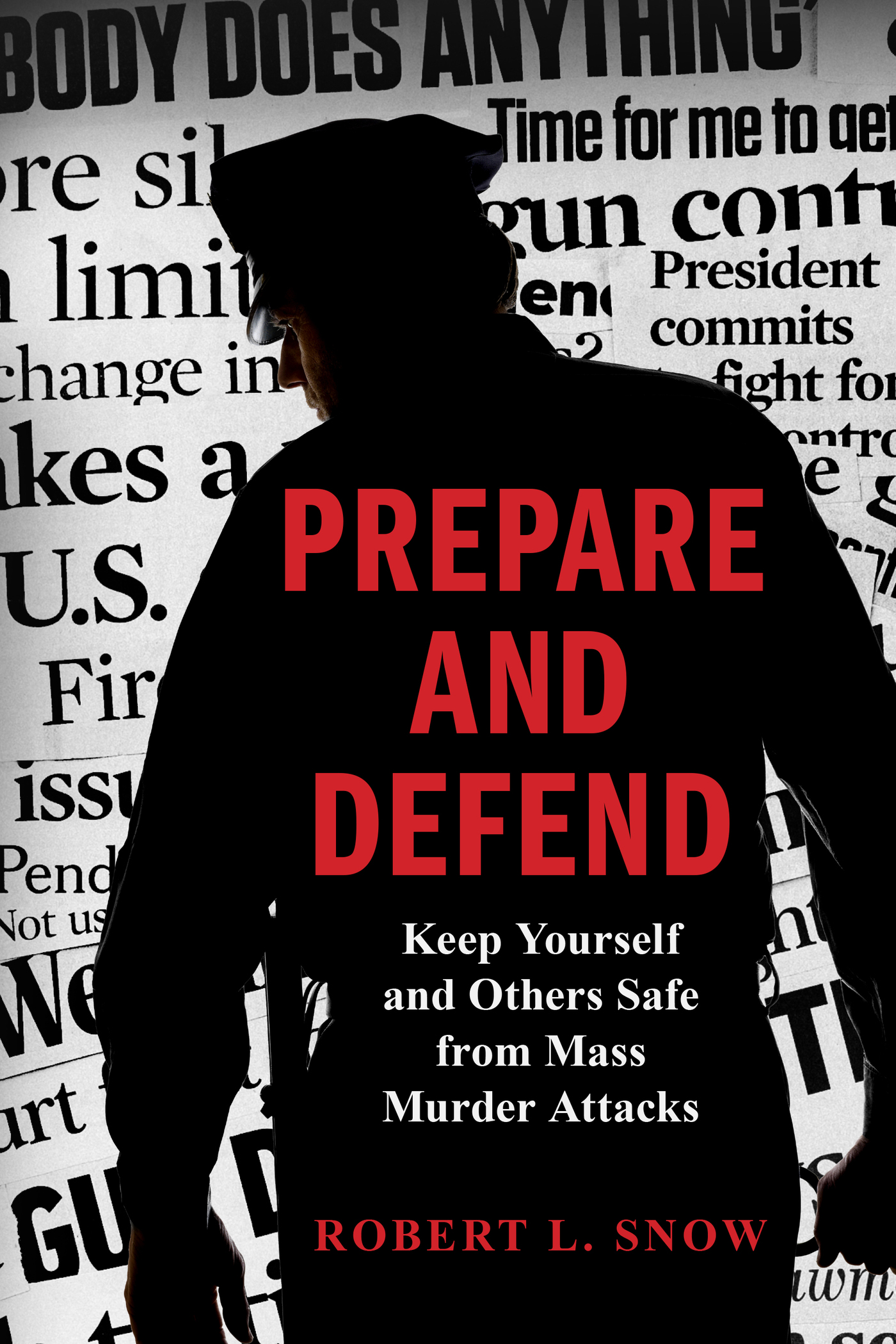Prepare and Defend
Keeping Yourself and Others Safe
from Mass Murder Attacks
Robert L. Snow
ROWMAN & LITTLEFIELD
Lanham Boulder New York London
Published by Rowman & Littlefield
An imprint of The Rowman & Littlefield Publishing Group, Inc.
4501 Forbes Boulevard, Suite 200, Lanham, Maryland 20706
rowman.com
6 Tinworth Street, London SE11 5AL, United Kingdom
Copyright 2020 by Robert L. Snow
All rights reserved. No part of this book may be reproduced in any form or by any electronic or mechanical means, including information storage and retrieval systems, without written permission from the publisher, except by a reviewer who may quote passages in a review.
British Library Cataloguing in Publication Information Available
Library of Congress Control Number: 2019047109
ISBN 9781538129203 (cloth : alk. paper) | ISBN 9781538129210 (epub)
 TM The paper used in this publication meets the minimum requirements of American National Standard for Information Sciences Permanence of Paper for Printed Library Materials, ANSI/NISO Z39.48-1992.
TM The paper used in this publication meets the minimum requirements of American National Standard for Information Sciences Permanence of Paper for Printed Library Materials, ANSI/NISO Z39.48-1992.
For Melanie, proofreader and soul mate.
Chapter 1
Mass Murders in the United States
On May 18 at 8:45 a.m., Andrew Kehoe became the worst mass murderer of schoolchildren in US history. At that moment, an alarm clock he had wired to 500 pounds of dynamite mixed with a military incendiary went off in a three-story Bath, Michigan, schoolhouse. Kehoe had spent the previous weeks smuggling in the explosives a bit at a time and hiding them in the basement ceiling. Thirty-eight children would die in the blast, or shortly thereafter, along with six adults. Fifty-eight others would suffer minor to serious injuries. And although many readers may believe that the mass murder of schoolchildren is a recent trend, what became known as the Bath School Massacre occurred in 1927, more than ninety years ago.
Kehoe, a fifty-five-year-old farmer who lived close to Bath, Michigan, a small town about ten miles northeast of Lansing, the state capital, had lived a seemingly normal life. In his youth he studied electrical engineering at nearby Michigan State College in East Lansing, and for a time he had worked as an electrician in St. Louis. In 1912, he married Nellie Price and they eventually bought a 185-acre farm near Bath. Neighbors would later give differing versions of what kind of person Kehoe was. Some described him as dependable and friendly, often willing to help out his neighbors. Others described him as combative and mean-spirited, telling of how he killed a neighbors dog that had irritated him, and how he shot one of his own horses when it didnt perform to his standards.
In 1922, the town of Bath and the surrounding township established the Bath Consolidated School. This brought all the children of Bath and the surrounding area to one large three-story school building. Before this, most of the children had gone to one-room schoolhouses scattered around the area. This consolidation, thought to be in the best interests of the children, wasnt cheap, and, to pay for it, the school taxes in the area increased more than 60 percent. This infuriated Kehoe, who at the time was struggling with his personal finances.
Kehoe won an election to the local school board in 1924, and the board members named him as the school board treasurer. Always a very frugal man (he reportedly left the Catholic faith after being assessed $400 for the building of a new church), Kehoe argued endlessly for lower taxes and for cutting the expenses of running the school. He consequently fought constantly with other school board members over expenditures and reportedly had nothing but disdain for School Superintendent Emory Huyck, who he often publicly accused of wasting money.
A New York Times article on May 20, 1927, quoted a school board member as saying, He fought the expenditure of money for the most necessary equipment.
In 1925, because of the death of the Bath Township Clerk, Kehoe found himself appointed to the position. However, he soon found himself out of the job when he lost an election for the position in the spring of 1926. Many people later thought that much of the bitterness that led to the school bombing started with this defeat.
As mentioned above, for several years before the bombing Kehoe had suffered from serious financial difficulties. He couldnt keep up the mortgage payments on his farm and had stopped making mortgage payments months before the explosion, apparently expecting that he would soon lose ownership of the farm. He had also seemingly given up on farming, deciding not to harvest his crops in the fall of 1926. Kehoes wife, Nellie, thought to be suffering from tuberculosis, also began running up extensive medical bills. She had been in and out of hospitals and sanitariums for several years and had just been discharged from the hospital on May 16, 1927.
Several months before the school bombing, Kehoe had volunteered to perform some electrical work at the school, and naturally the school board felt grateful to have a trained and experienced electrician doing the work for them. However, what this actually did was allow Kehoe to have free access to the school when no one was there. Authorities who later investigated the bombing believed that this was when he brought in and wired the hidden explosives that would eventually bring part of the school crashing down.
In preparation for the explosion, Kehoe traveled to Lansing, where he purchased several cases of dynamite and pyrotol. Pyrotol, an explosive processed from World War I military surplus, caused an incendiary blast when mixed with dynamite. Because farmers in those days regularly used dynamite and pyrotol to remove stumps, these purchases didnt raise any suspicion. Kehoe also purchased a bolt-action rifle, which would figure prominently in his plan.
Sometime in the two days before the explosion, Kehoe murdered his wife by a blow to the head, destroyed all of the fences on his property, sliced through the bark of many of his trees in order to kill them, and cut all his grapevines and then repositioned them so the damage wouldnt be apparent. On the morning of May 18, 1927, Kehoe used dynamite and pyrotol to blow up most of the buildings on his property. This would happen just before the bomb at the school exploded. A number of neighbors, hearing the explosion, hurried to Kehoes farm to see if they could help. Kehoe reportedly told them that they needed to get out of there and head for the school, which had just exploded. According to testimony at the coroners inquest, Kehoe told them, Boys, you are my friends. You better get out of here. You better go down to the school.
Kehoe waited at his property for a while, apparently wanting to be certain that everything was destroyed. Then he got into his Ford truck, which he had laden with explosives and metal shrapnel, and headed for the school. He would arrive there about a half hour after the explosion at his farm.
At 8:45 a.m. on May 18, 1927, the last day of classes before summer vacation, along with the blast at Kehoes farm, another huge explosion rattled the town of Bath. The north wing of the three-story brick school building collapsed from the force of the explosives Kehoe had hidden there. A first-grade teacher, Bernice Sterling, told the Associated Press on May 19, 1927, It seemed as though the floor went up several feet. After the first shock I thought for a moment I was blind. When it came the air seemed to be full of children and flying desks and books. Children were tossed high in the air; some were catapulted out of the building.
Next page
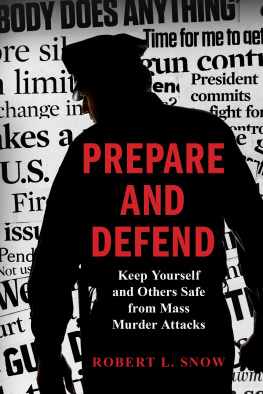
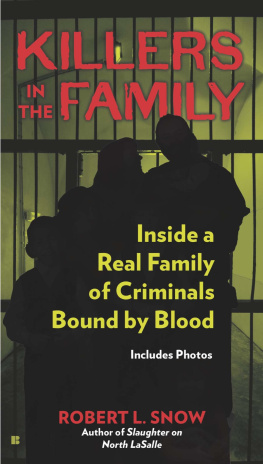
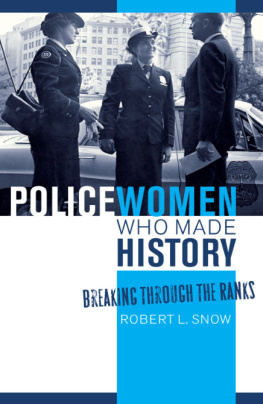

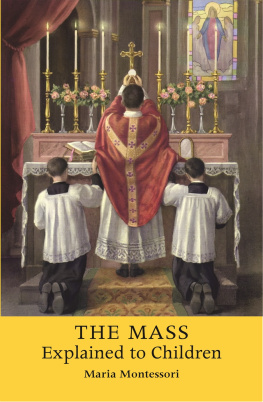
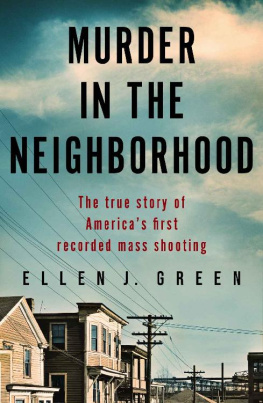
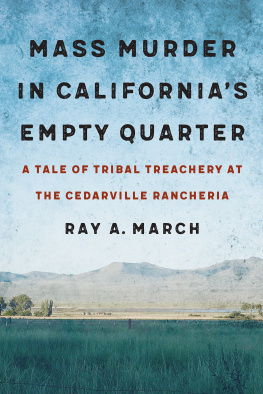
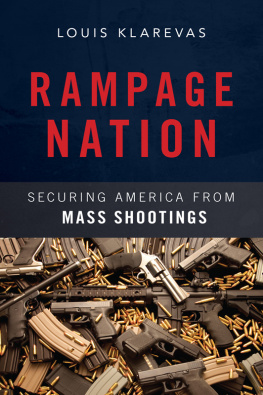

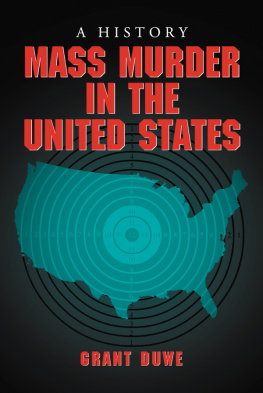
 TM The paper used in this publication meets the minimum requirements of American National Standard for Information Sciences Permanence of Paper for Printed Library Materials, ANSI/NISO Z39.48-1992.
TM The paper used in this publication meets the minimum requirements of American National Standard for Information Sciences Permanence of Paper for Printed Library Materials, ANSI/NISO Z39.48-1992.